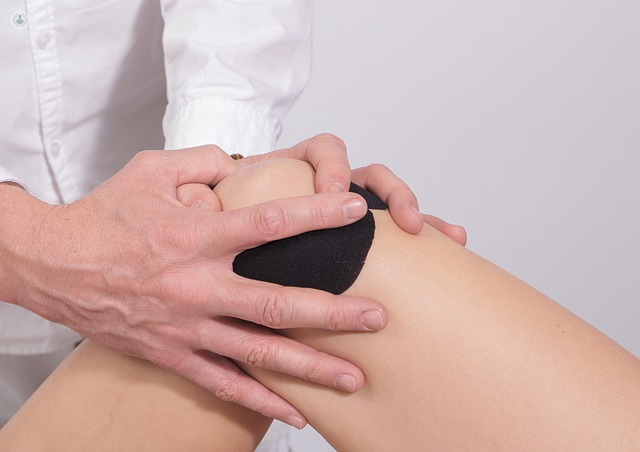Patellar luxation
Mr Paul Trikha - Orthopaedic surgery
Created on: 04-30-2016
Updated on: 09-21-2023
Edited by: Carlota Pano
What is it?
Kneecap dislocation is a common injury in teenagers between 14 and 17 years old, especially among the athletic population. The kneecap (patella) is displaced from its natural position within the patello-femural joint, being forced away from the midline.
Kneecap dislocation often leads to ligaments and cartilage damage. It is important to make the distinction between kneecap dislocation and knee dislocation: a knee dislocation mainly affects the joints between the femur (thigh-bone) and tibia (shin-bone).

Prognosis
However painful and long-lasting it may be, if treated properly a kneecap dislocation can have no future consequences on your overall health.
What are the symptoms?
The main symptom is a sudden and acute pain in your knee, associated with a haematoma on the medial area of the joint due to a blood backflow to your joint which will make it more evident.
How is it diagnosed?
If you have any of the above-mentioned symptoms, first of all you’ll need to have an X-ray scan. A CT scan and MRI scan can be helpful to rule out the possibility of ligament or meniscus damage, microfractures, or loose segments of articular cartilage.
What causes it?
The main cause for dislocated kneecaps are trauma-related injuries or traumas due to a sudden movement of the joint. The most common one is where the quadriceps femoris muscle is contracted while the leg is still planted on the ground and the knee is partially flexed.
It is also common for people to have an anatomical predisposition to these injuries, such as people with high knee.
How can it be prevented?
It is quite hard to prevent kneecap dislocation, especially if you have a structural predisposition to it or if you’re an athlete, due to very nature of the main cause of dislocated kneecaps.
How is it treated?
You should treat a dislocated kneecap as soon as possible after the injury.
The treatment consists in reduction, that is, by manually pushing the kneecap towards the midline while straightening the knee. At first, your doctor will prescribe you to apply ice packs on the affected area and to take anti-inflammatory medication. You will only need to undergo arthroscopic surgery if there are microfractured segments of articular cartilage.
Standard therapy consists in splinting the knee into a straight position with a cast for at least 15 days. In the following weeks, you will gradually able to do more and more complex movements again. Once the cast is off, you’ll start doing physical therapy to rebuild the quadriceps muscle, which will be necessarily weakened by several weeks of bed rest. That will be helpful for the correct repositioning of the kneecap. Electrical stimulation, as well as using a dedicated splint for your knee, can be beneficial during recovery.
You won’t be able to go back to sports again before eight to nine weeks, and you may have to wait longer if you underwent surgery.
Which doctor should I talk to?
If you have a dislocated kneecap, you should see an orthopaedic surgeon.
